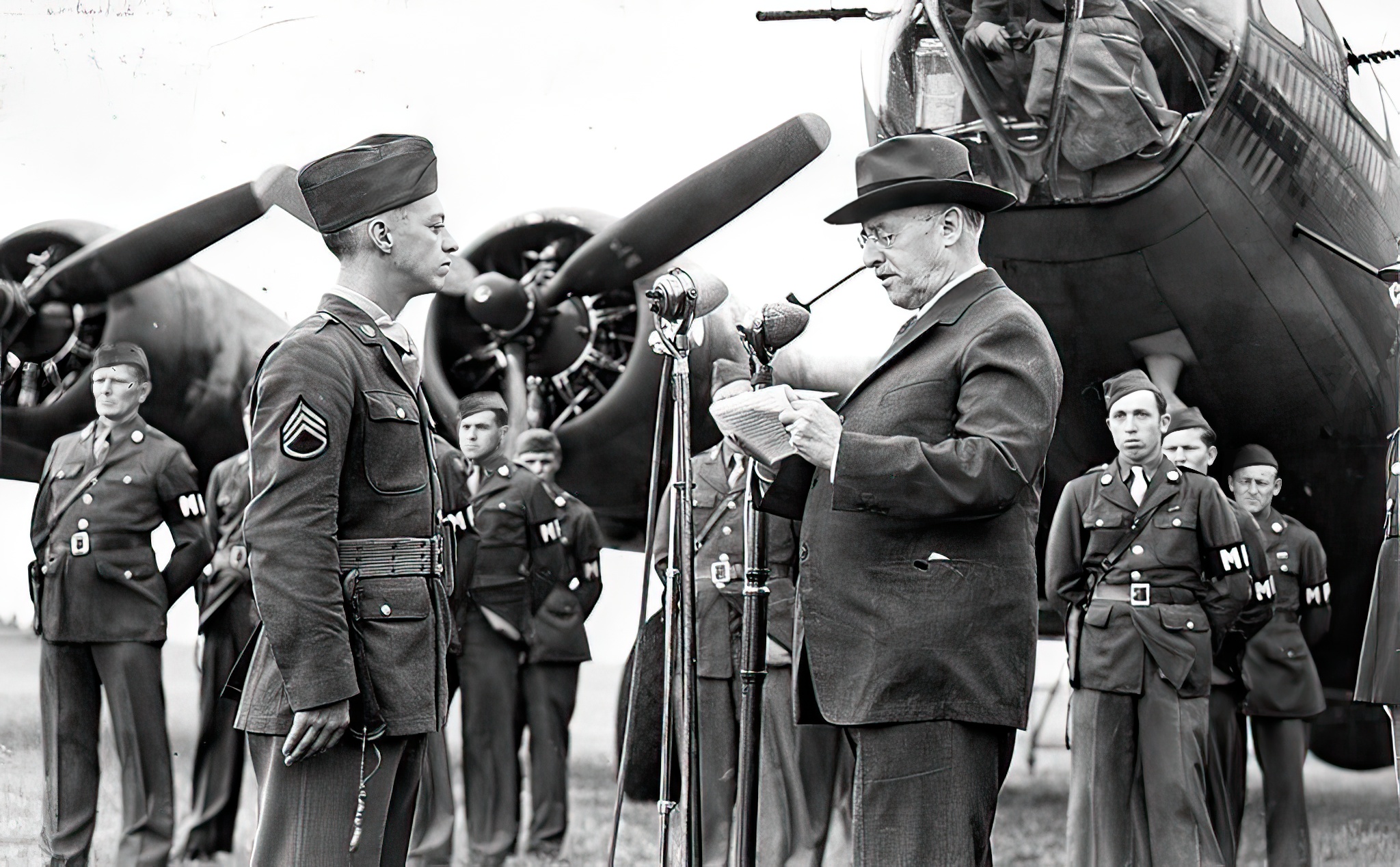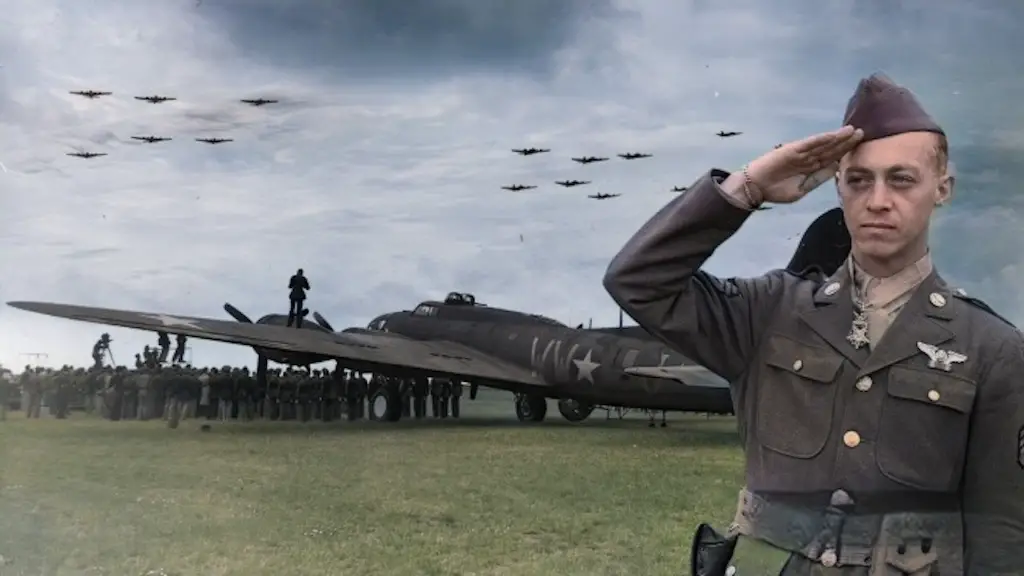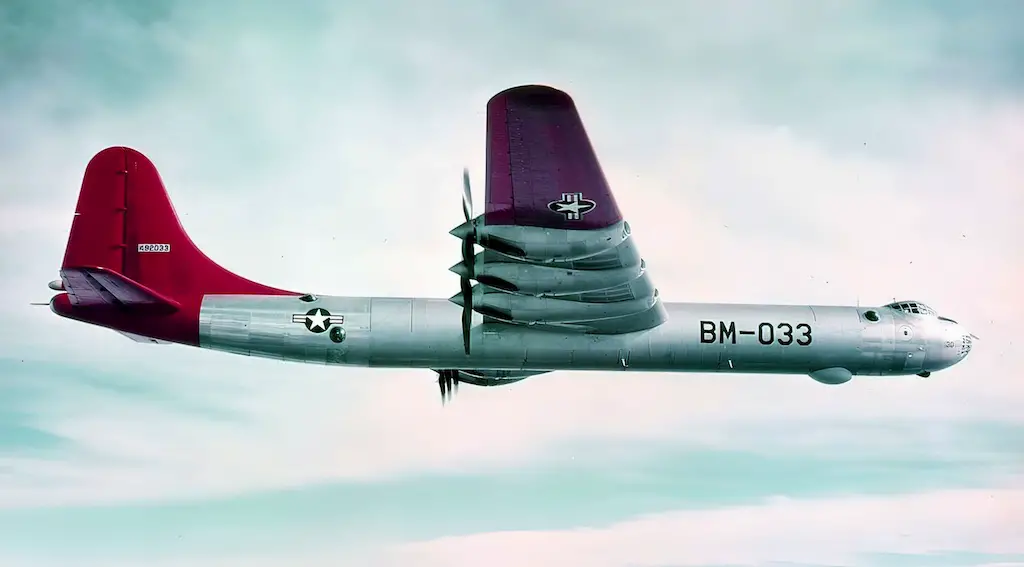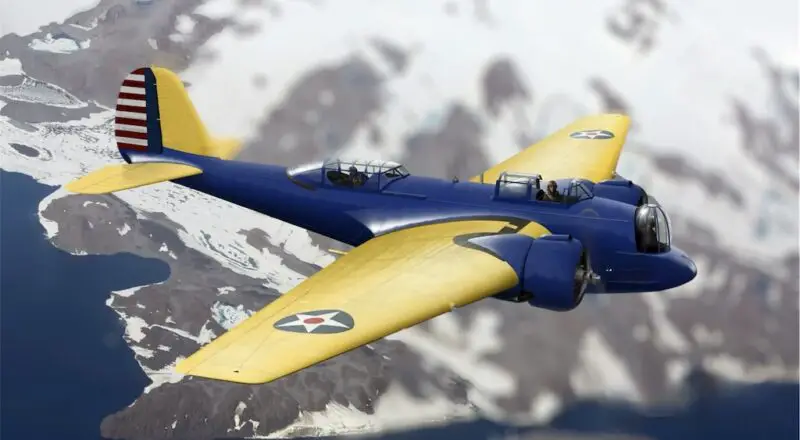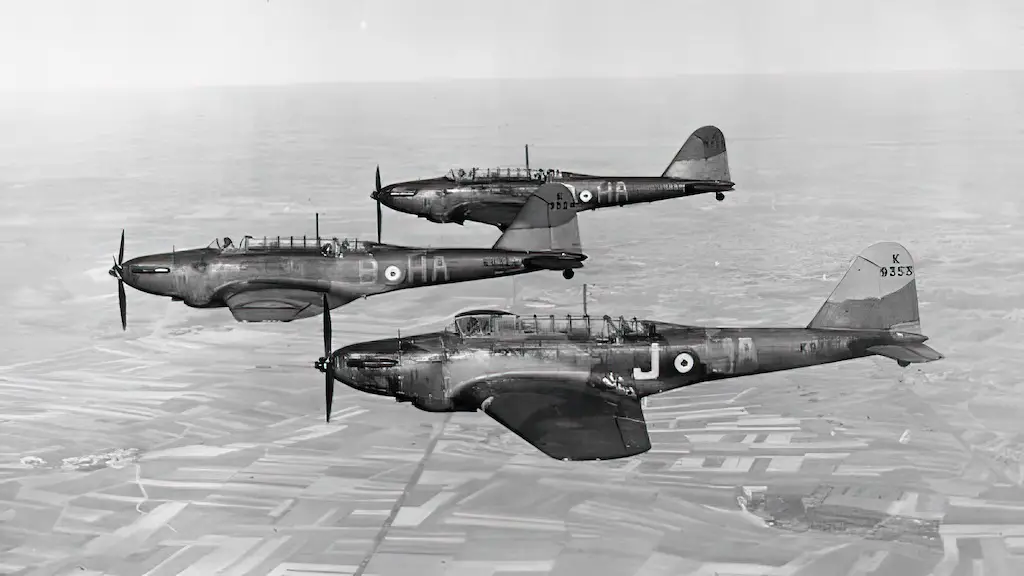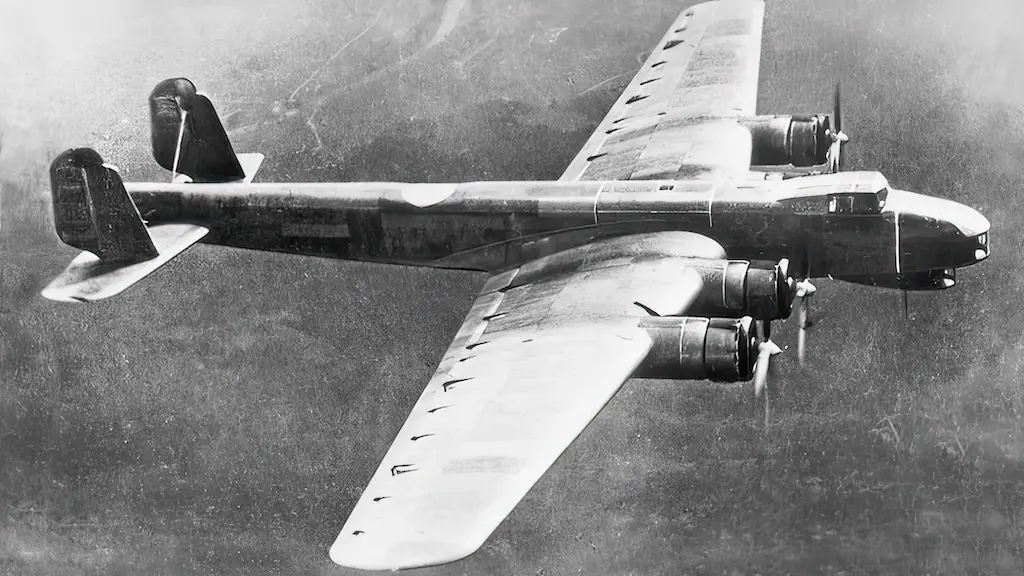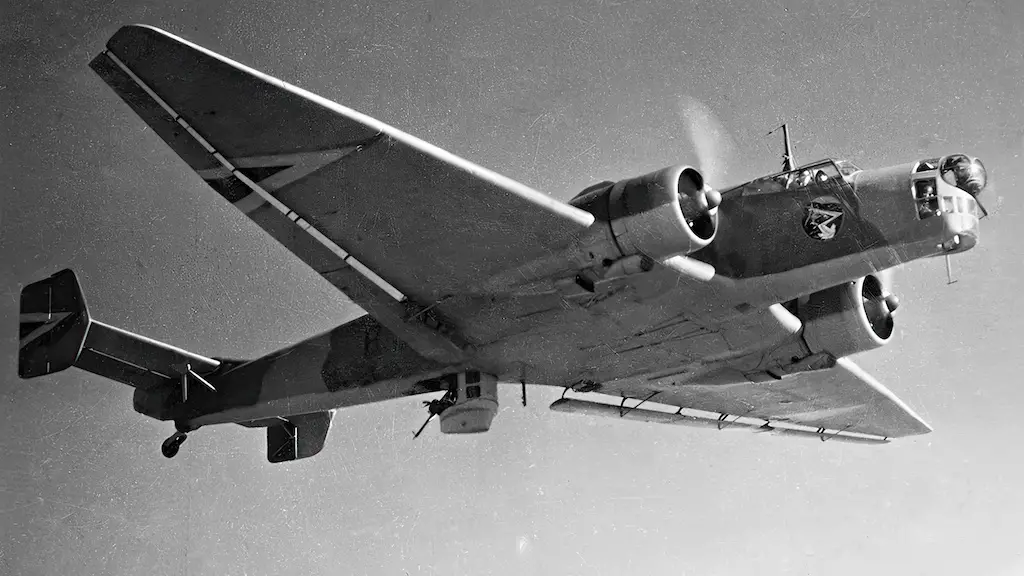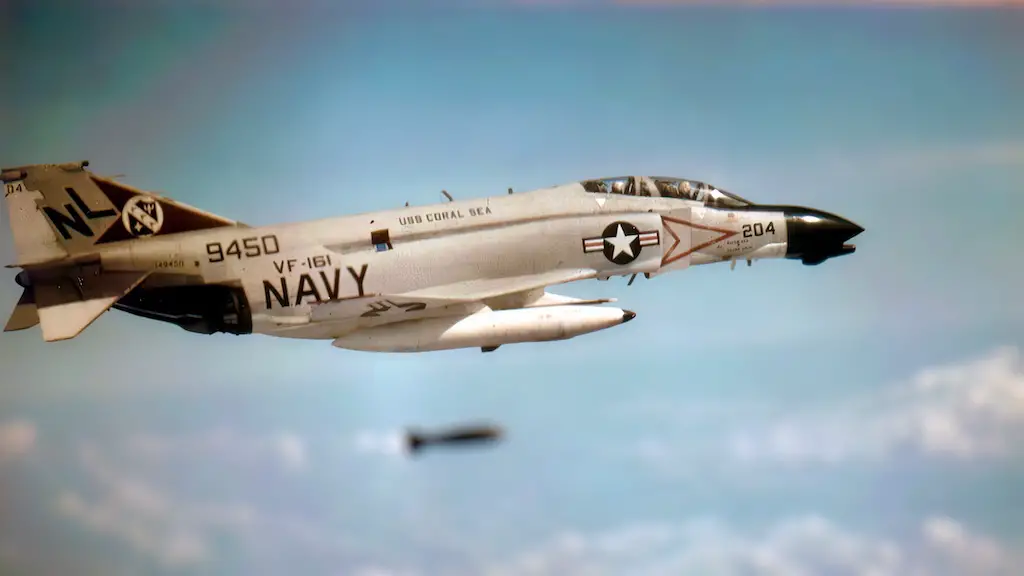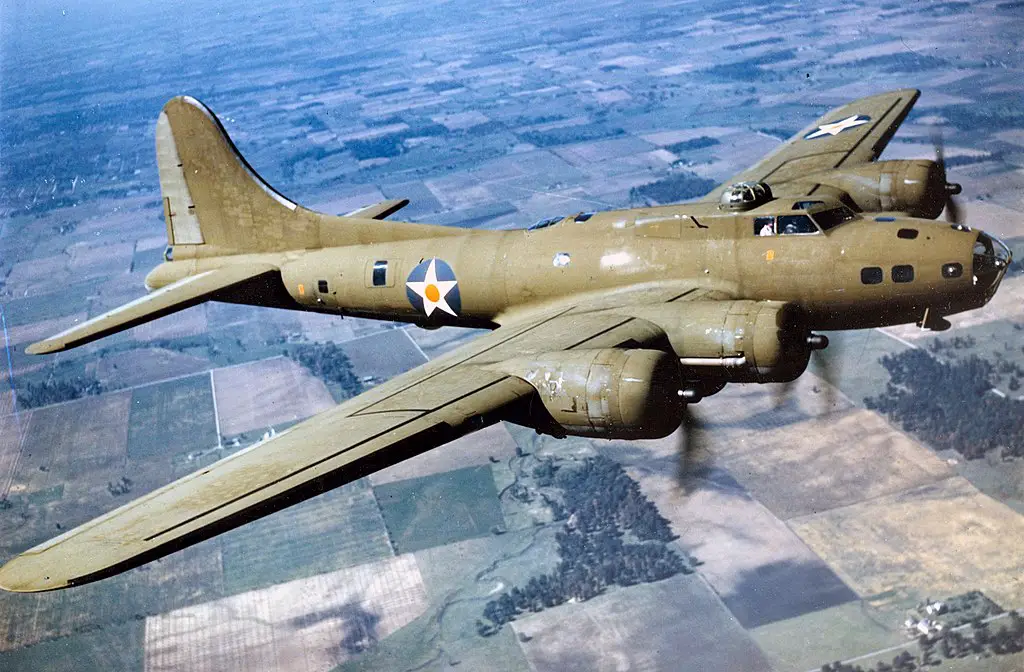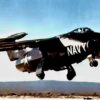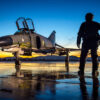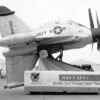A Mission to France
It was a typical mission day for the 306th Bomb Group as 78 B-17s set out towards the German U-boat pens at Saint Nazaire. The mission seemed straightforward with light resistance from the enemy. Little did they know the twist of fate awaiting them.
As realization dawned upon the American airmen, the city below lit up with the deadly flashes of German anti-aircraft artillery. The B-17s, known for their robust construction as flying fortresses, suddenly found themselves in a maelstrom of flak and small arms fire. The German defenders unleashed a ferocious barrage, determined to protect their stronghold from the allied bombers. The sky was filled with the ominous black puffs of exploding shells, each capable of sending shrapnel tearing through the thin aluminum skin of the aircraft.
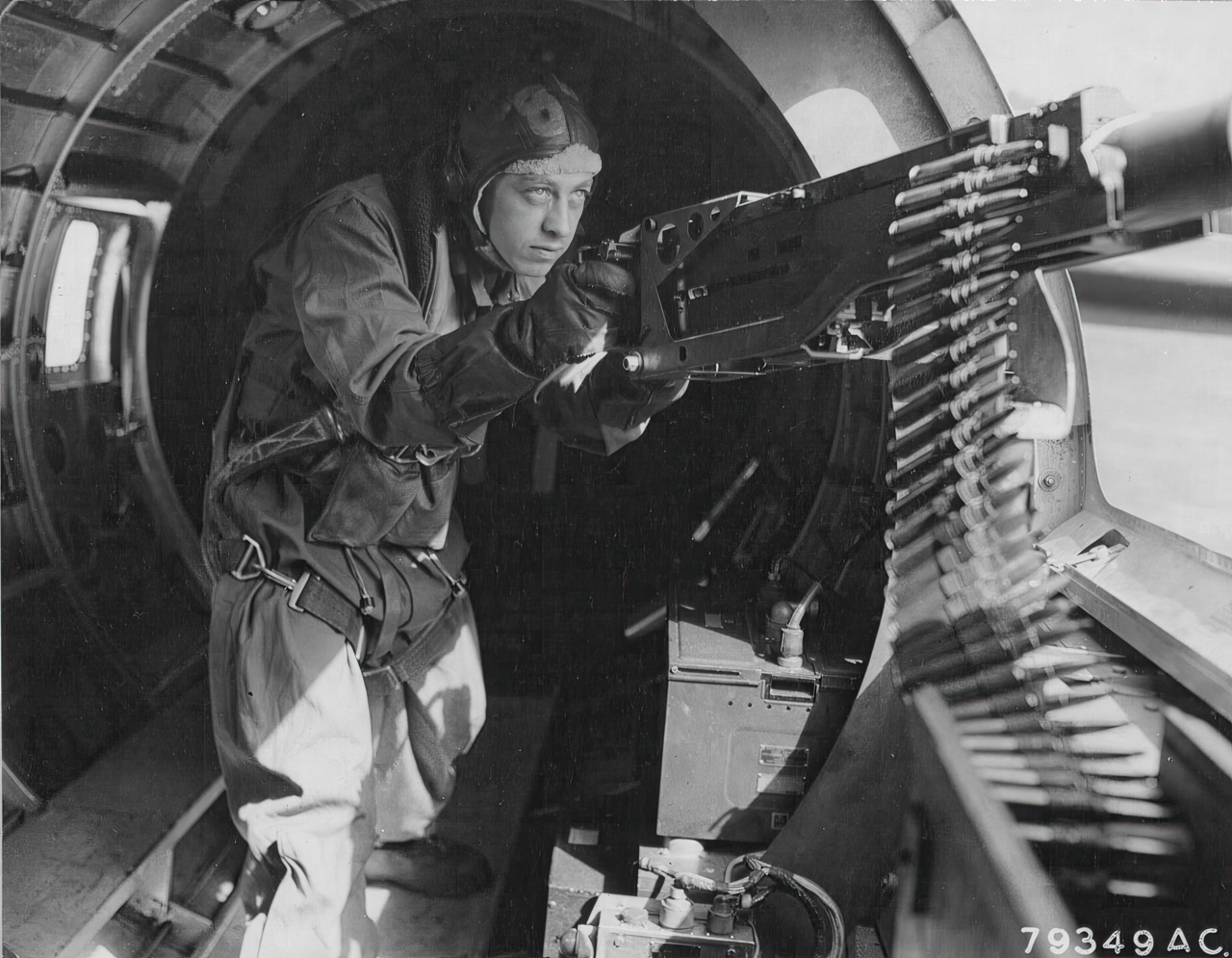
The Unlikely Hero
Sergeant Maynard H. Smith, known to his fellow crewmen as “Snuffy,” was not your typical war hero. Standing at just five feet four inches, his small stature made him an ideal fit for the cramped ball turret of a B-17, but his personality was less of a perfect match with the crew. Known for his cantankerous and solitary nature, Smith mirrored the grumpy comic strip character from which he got his nickname. He was an outlier, not mingling or bonding with the crew as soldiers often did in the close quarters of war. His relationships were strained, marked by a mutual feeling of indifference and, at times, outright dislike.
To the other men aboard the B-17, Snuffy was a puzzle. Ball turret gunners were critical to the crew, responsible for defending the aircraft from attacks below. Yet, despite the importance of his role, Smith’s demeanor kept him at arm’s length from the rest of the crew. It wasn’t uncommon for crews to form tight-knit bonds, their lives depending on seamless cooperation and mutual trust. However, Smith’s standoffish nature challenged this dynamic, creating a palpable tension that accompanied them on their missions.
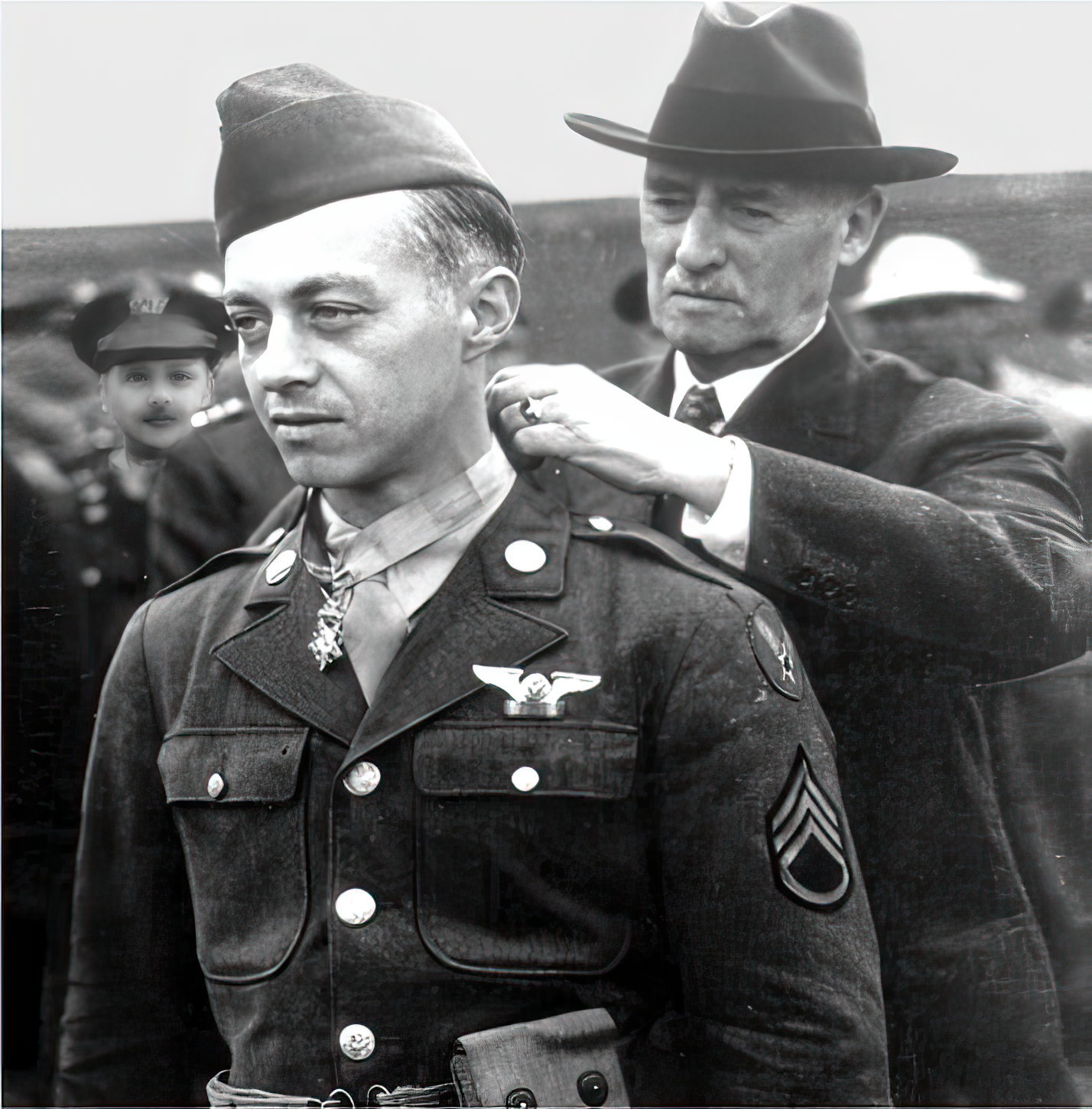
Snuffy’s Outlook
For Smith, the feeling of alienation was mutual. He didn’t view his crewmates with any particular fondness, seeing them as merely fellow soldiers he was forced to associate with due to his assignment. His comments about the crew reflect a deep sense of detachment and perhaps a hint of resentment. He wasn’t there to make friends; he was there to do a job, albeit in one of the most perilous positions on the aircraft. His isolation wasn’t just physical, confined to the small glass dome of the ball turret, but also emotional, separated from the camaraderie typical among men facing death together.
The war forced men of all backgrounds and temperaments into close quarters, demanding cooperation for survival. Smith’s relationship with his crew is a stark reminder of this reality. The stress of combat, fear of death, and the ever-present threat of enemy fighters created an environment where personal differences were both magnified and trivialized. While some men found solace in brotherhood, others, like Smith, retreated into themselves, focusing solely on the grim task at hand.
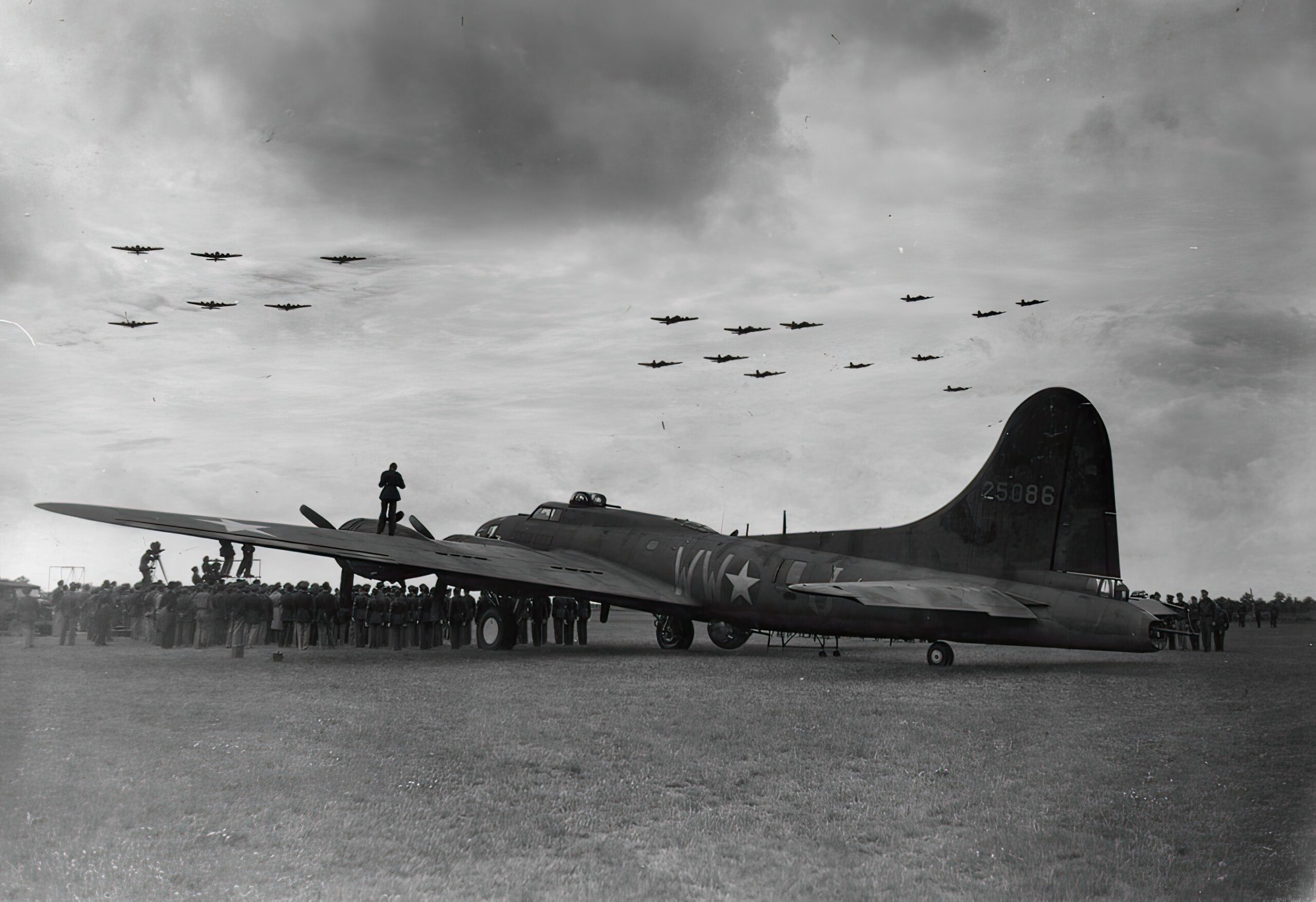
The Hit that Sparked the Fire
Amid the chaos, B-17 number 649, the aircraft carrying Sergeant Smith and his crew, was struck. A shell, perhaps an anti-aircraft round or the result of machine-gun fire, found its mark, tearing into the wing and rupturing the fuel tank. In moments, the leaking fuel ignited, transforming the aircraft into a flying inferno. The fire spread rapidly, fueled by the oxygen-rich environment and the plane’s own combustible materials. The situation inside the aircraft quickly became dire as flames engulfed the interior, threatening to bring down the plane with all souls on board.
The crew was faced with an unimaginable horror. The fire’s intensity made it nearly impossible to move through the aircraft. The smoke was thick and toxic, reducing visibility to nearly zero and making every breath a searing pain. The roar of the flames was deafening, drowning out the shouts and cries of the crew. Amidst this chaos, the aircraft continued to take hits, each one a potential death sentence as bullets and shrapnel sought to tear apart the already damaged plane.
A Raging Inferno at 20,000 Feet
As Sergeant Maynard H. Smith emerged from the ball turret, he was greeted not by the familiar faces of his crew but by an all-consuming fire. A direct hit had ruptured the wing tank, causing fuel to spill and ignite, enveloping the B-17 in flames. The oxygen supply, critical at high altitudes, had been compromised, further fueling the inferno. For many, this would signal the end, but for Smith, it was a call to action.
Smith, small in stature but immense in courage, sprang into action. He wrapped cloth around his face to shield from the searing heat and grabbed the nearest fire extinguisher. The plane, a fortress in the sky, was now a furnace, with flames blocking pathways and threatening to consume everything. The situation was dire; three of the crew had already bailed out, assuming the plane was lost.
Moving towards the rear, Smith encountered the tail gunner, Roy Gibson, badly injured and barely conscious. Amidst the chaos, Smith provided first aid, giving Gibson a fighting chance at survival. This act of compassion amidst a personal hell showcased Smith’s determination not just to survive but to save his fellow crew.
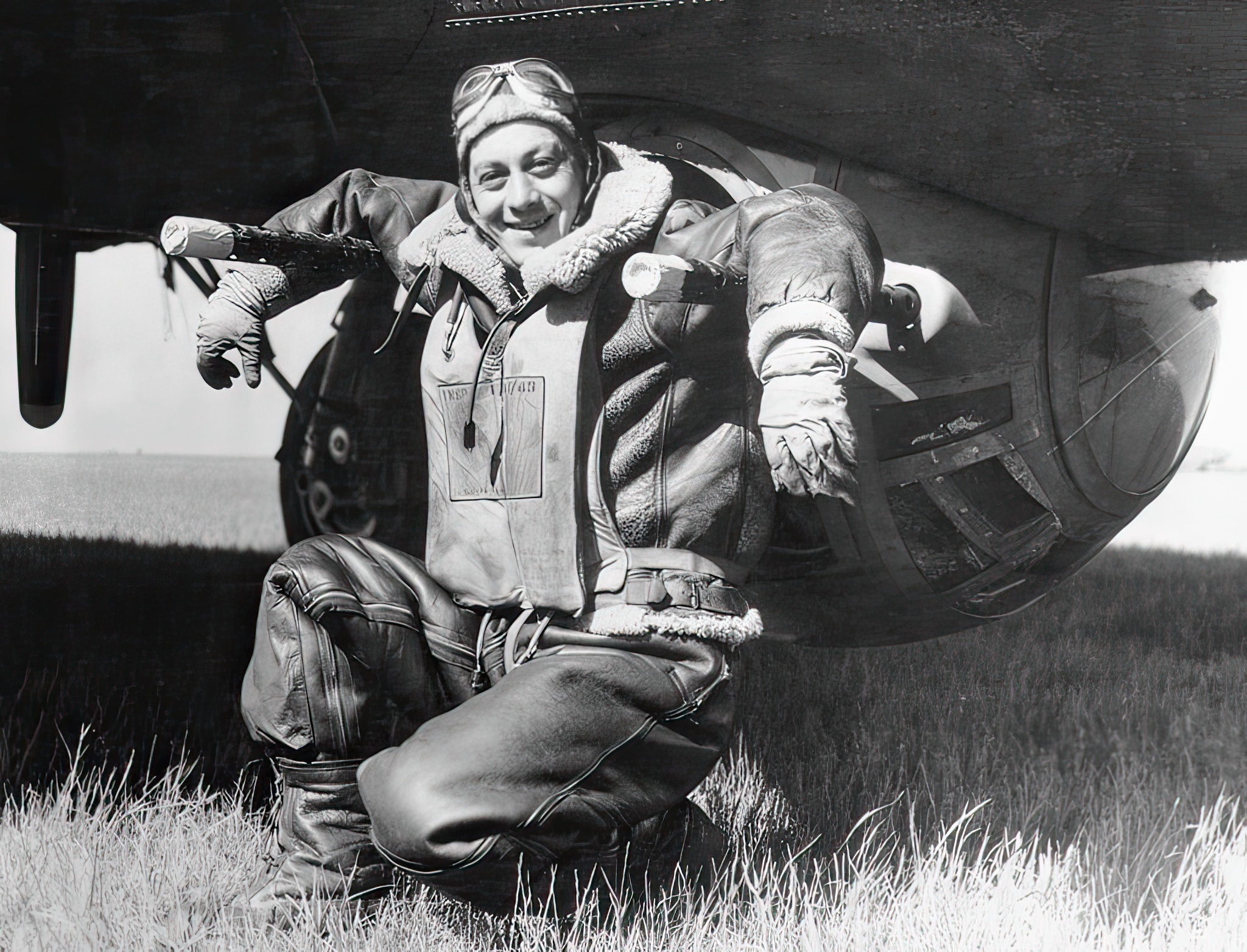
A Symphony of Firefighting and Defense
With Gibson somewhat stabilized, Smith turned his full attention to the raging fire. He maneuvered through the B-17, extinguishing flames that threatened to tear the aircraft apart. The heat was unbearable, the smoke blinding, but Smith persisted. He threw anything flammable out of the gaping holes left by enemy fire, trying to reduce the fuel for the flames.
As if the situation wasn’t dire enough, German FW 190s returned, keen on finishing off the wounded bird. Smith, realizing the imminent threat, manned the waist gun, firing at the attackers with precision and ferocity. He then dashed to the other side of the aircraft to target another passing fighter.
After the fire extinguishers were spent, Smith resorted to whatever he could find to quell the flames. He doused burning sections with any available liquid, even attempting to urinate on the fire in a desperate bid to save the aircraft. The ammunition began to cook off in the heat, creating an additional hazard. With calculated risk, Smith tossed the potentially explosive belts out of the aircraft, ensuring they wouldn’t detonate inside the crippled B-17.
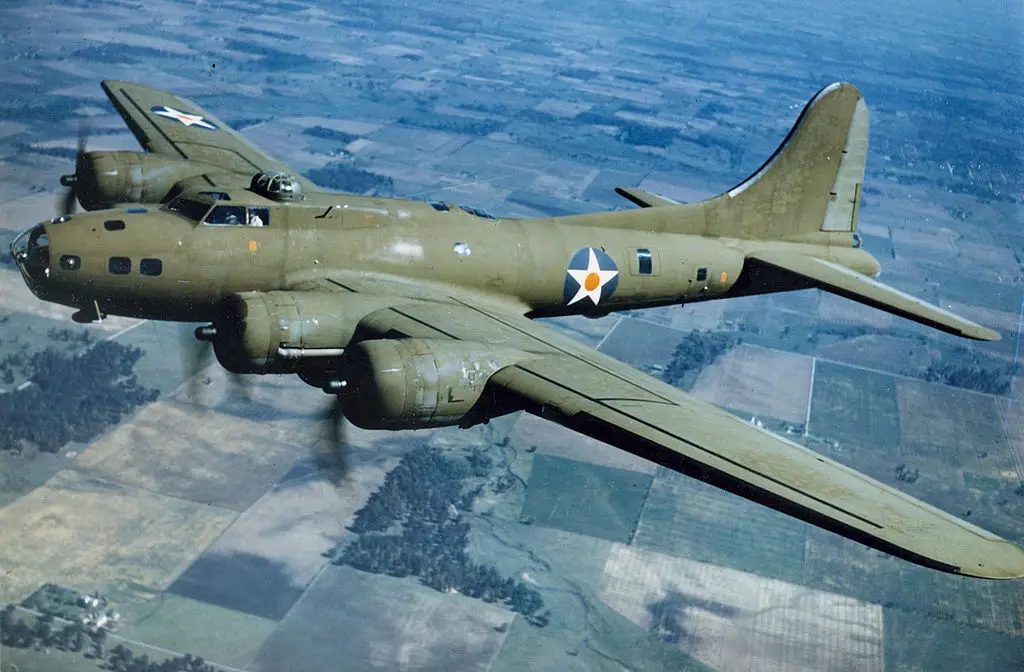
A Plane Barely Held Together
Finally, as the coast of England came into view, the fire was out, but the aircraft was a shell of its former self. The interior was gutted, the oxygen gone, and the structure riddled with thousands of bullet holes. Smith, exhausted, clothes smoldering, and hands blistered, had done the impossible. He saved the B-17 and the lives of those still aboard. As they landed, the plane, held together by sheer will and a few remaining beams, collapsed. But the mission, thanks to the unparalleled bravery of Sergeant Maynard H. Smith, was a success. His actions that day went beyond the call of duty, embodying the very spirit of determination and sacrifice.
Following the extraordinary events that earned him the Medal of Honor, Sergeant Maynard H. Smith continued his service in the Army Air Forces. His actions on that fateful day over France had proven his valor beyond any doubt, but the trauma and stress of combat, particularly such an intense encounter, weighed heavily on him. Despite the recognition, Smith was still the same man, known among his crew as a solitary and somewhat irascible figure. His service after the incident was marked by this continued struggle, balancing his heroic status with the daily realities and pressures of war.
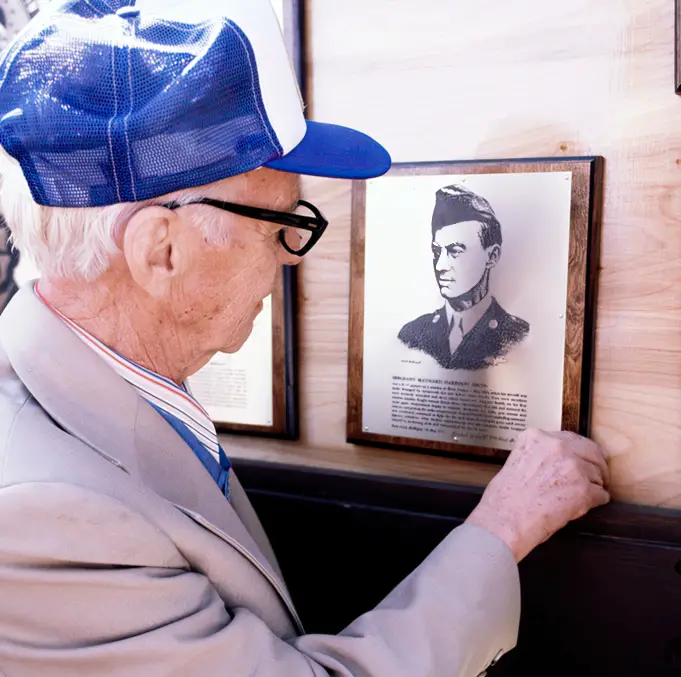
Grounded by PTSD
As Smith continued to fly missions, the cumulative effect of combat stress began to show. What we now recognize as PTSD, or Post-Traumatic Stress Disorder, was then known as “combat stress reaction.” The symptoms of this condition can be debilitating, affecting a soldier’s ability to perform and cope with the demands of military life. For Smith, like many veterans, the psychological scars of war were as real as the physical dangers he had faced. Eventually, this led to him being grounded, a move reflecting the serious nature of his condition and the military’s acknowledgment of his need for recovery.
Even as a decorated hero, Smith’s contentious relationship with authority persisted. The incident that led to his demotion is indicative of the complex character that had both served him in his moment of heroism and caused friction within the military hierarchy. His late arrival to a briefing, perhaps a minor infraction in a different context, was met with strict discipline. In a move that was unprecedented for a Medal of Honor recipient, he was demoted to private. This action might have been influenced by his previous behavioral issues and ongoing conflicts with superiors, illustrating the challenges he faced in conforming to military life despite his proven bravery.

A Hero’s Return
Despite the difficulties and the less-than-favorable circumstances of his demotion, Smith’s return home was a moment of celebration and recognition. His hometown honored him with a parade, a tribute to the hero who had shown extraordinary courage and determination in the face of mortal danger. This warm welcome was a stark contrast to the cold reception he often felt among his peers and superiors in the military. It was a moment of validation for Smith, a recognition of his sacrifice and service that transcended the complications of his military career.
